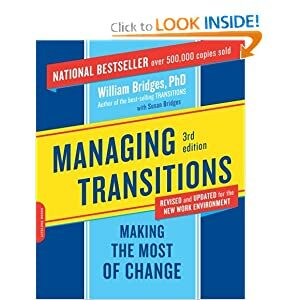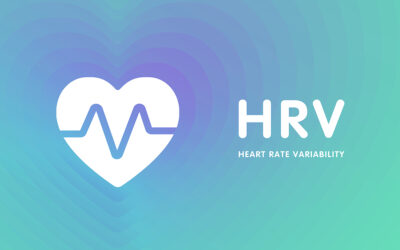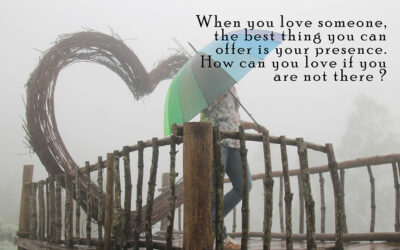If the timing is right and motivation is high, then why do so many fail to achieve their New Year’s Resolutions?
I believe the reason is because people jump right to making changes without an appreciation for the transition that is required first. In his book “Managing Transitions” William Bridges makes a clear distinction between a transition and a change. “Change is situational… Transition is the psychological process people go through to come to terms with the new situation. Change is external, transition is internal.”
Transitions precede long-term change. And the beginning of a transition starts with an ending. Yes, initiating a change starts with letting go of the past. Before the desired outcome can be achieved the old way of doing things has to be released.
What will you need to give up to change?
Is the result worth the sacrifice?
After you determine what must be given up, the next step towards rewarding change is what Bridges calls the neutral zone. “The neutral zone is both a dangerous and an opportune place, and it is the very core or the transition process. It’s the place and time when the old habits that are no longer adaptive to the situation are extinguished and new, better-adapted patterns of habit begin to take place.”
The neutral zone is a difficult place. When desire is not strong and the first step of the transition has not been made it can be very easy to revert back to previous unsupportive behaviors. The length of the neutral zone varies. Upon its completion, a new beginning will emerge. This is the final phase of the transition when outward change is apparent.
The transition process: “endings – neutral zone – new beginnings.”
Personal Story
2013 stated with me moving my parents from the house where I grew up in Carmichael, CA to an apartment in Encinitas, CA close to my sister. The house is pictured below.

This was not an easy move and it started over five years ago. Of course the housing crash didn’t help but I believe one of the reasons it took so long was that my parents were stuck in the neutral zone wrestling with the psychological issues of the transition. It wasn’t until those mental issues were sorted out and the inner decision made to move that action could happen to change their situation. It was very difficult for my parents to let go and end that chapter of their lives.

Their new beginning in the San Diego area has finally begun! My sister and I have been planning and hoping for this day for a long time. The apartment, shown above, is smaller but very clean with lots of natural light, community activities and conveniently located to shopping and important to my dad the YMCA.
I wish you a transformative year full of growth and change!
Reference: Managing Transitions Making the Most of Change, William Bridges



